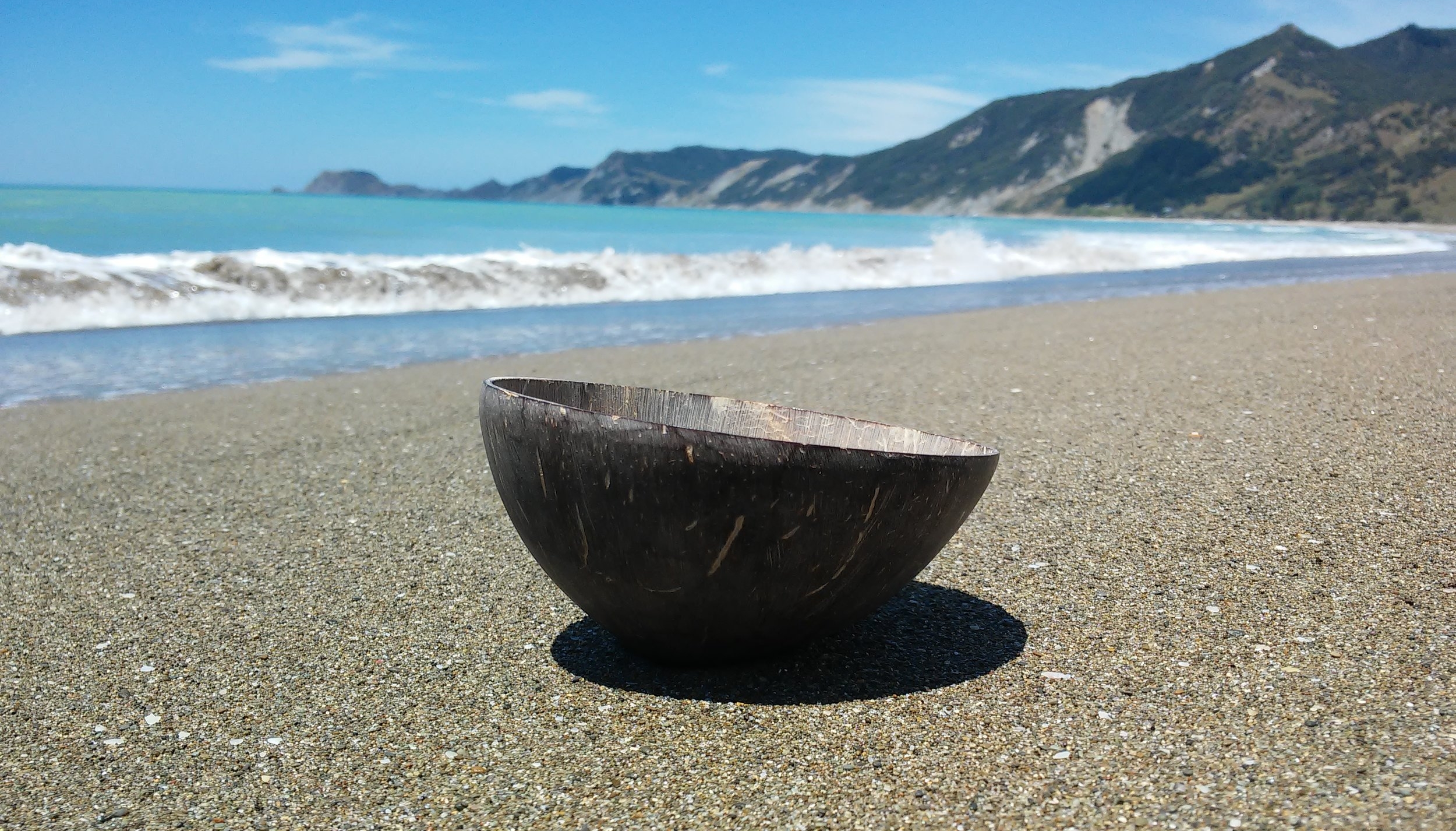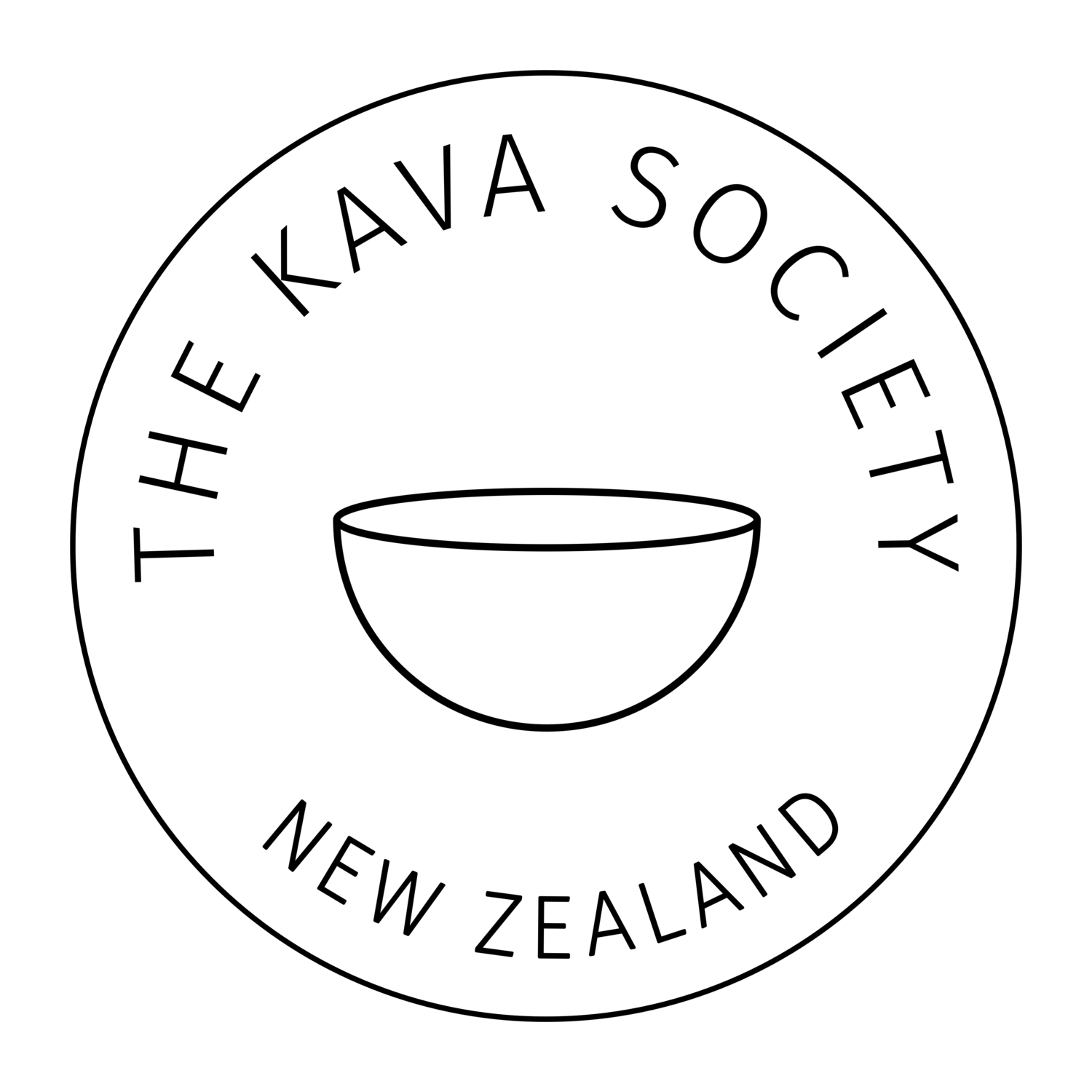
Welcome to Our Kava Blog
Kava and Floation Therapy: Interview with Float Culture
We recently sat down with Anton, the founder of Float Culture in Auckland, to talk about his experiences with floating and kava. Our connection with Anton began back in 2018, when he reached out to stock our kava at his centre. From his first encounter with float tanks to introducing kava as a pre-float ritual, Anton reflects on how these two practices complement each other in surprising ways.
If you’ve ever wondered what it feels like to float in a soundproof, pitch-black pod—or how a small shell of kava can help quiet the mind before a float—this one’s for you.
Check out the full conversation to learn more about Anton’s journey and the synergy between floating and kava
The Blender Method vs Kneading Kava in a Strainer (guest post by Root & Pestle): surprising findings!
We know many kava drinkers use blenders to prepare their traditional grind kava. On our kava preparation page, we list the blender method as a “quick” method that can be used to prepare traditional grind kava. To be perfectly honest, we’ve never been huge fans of this method and have often advised new drinkers to opt for traditional/kneading method instead. On a personal level, we’ve always found the method to be quite messy, noisy and not worth the 1-2 minutes one could save by blending vs kneading traditional kava. On a quality level, we also thought blending the powder could result in effective micronisation of the root particles that would then easily pass through the strainer bag and cause unnecessary stomach irritation. At the same time, we’ve acknowledged that some people may feel a bit more comfortable with this method as opposed to squeezing kava by hand. Some may have difficulty with manually squeezing kava, others may value the potentially greater consistency of the resulting product when one can rely on a mechanical solution. We’ve also acknowledged that it’s quite possible that the blender method may produce a stronger drink and hence be a bit more “economic”. Not surprisingly, many new kava drinkers find this method to be the most obvious first choice.
Our friends at Root & Pestle have now decided to scientifically test some of these assumptions. Their general conclusions support our position that the blender method is inferior to traditional kneading of kava. But some of their findings are truly surprising, especially when it comes to evaluating the effects of blending on kava’s potency. It’s a great read and one that will lead us to be a bit firmer in advising against the blender method.
Should you add fats to kava to get a stronger drink? (research by Root & Pestle)
If you spend a bit of time researching kava preparation methods online, you will inevitably encounter claims regarding the supposed benefits of preparing your kava with added fats (e.g. coconut oil, coconut milk, even regular milk or cream). It’s hard to tell where this idea originates from, but probably has some roots in the often repeated claim that kavalactones (kava’s active ingredients) are not soluble in water, but supposedly soluble in fats. It’s also often observed that eating a fatty snack (e.g. a bit of peanut butter) after your kava session seems to rekindle the effects of the drink. For many people the obvious conclusion is that one should add some fat to kava when preparing it traditionally, or even when preparing it using instant powder. We’ve always been skeptical. In our experience, the kava prepared with fats (even just a teaspoon of coconut oil) always seemed weaker and harder to drink. But until now we thought this was primarily because fat could coat the strainer bag and effectively clog it up. Even if more kavalatones could be released with extra fat, they would end up sticking to the strainer bag as opposed to landing in our shells. Our friends at Root and Pestle have decided to put their scientific tools to work and look more closely at what effects adding fats may have on kava. Their conclusions seem to broadly support our gut feel (i.e. don’t add fats), but for very different reasons and with some surprising insights. Check out their guest post below for a very interesting read!
Best water temperature for making kava (research by Root & Pestle)
In today’s guest post we explore another interesting question: what is the best temperature for preparing kava? As you may know, the Australia New Zealand Food Standards Code specifies that kava should be prepared using “cold water”, which is a fairly vague term that most people understand as anything between ice cold and cold enough to touch (i.e. not boiling!). In our view, it was intended to mean temp at which kava had been traditionally prepared on the islands of the South Pacific. This is warmer than New Zealand room temperature (which would be around 18-20C) as most islands enjoy hot tropical climates, so cold water in such climates can be closer to 25-30C. We have thus been recommending using water at “lukewarm”/body temperature. In our experience water temperature of around 30C produces the best results. But Forney/Root & Pestle research team has decided to dig deeper and study carefully how different temperatures affect the potency and quality of kava. As last time, while they confirmed our non-scientific assessment, they’ve discovered a few surprises!
Optimal kava kneading/preparation time (research by Root & Pestle)
One of the most frequently asked questions about kava preparation we get is: how long does one need to knead the bag of kava to get the best return on their efforts? Our our experience suggests that the optimal time is around 5-7 minutes depending on the strength of the kneader, the amount of powder in the bag etc. This amount of time seems to be sufficient to produce a strong and creamy liquid. We’ve always thought that kneading it for longer offered a poor return on the invested time and effort, but had no solid data to back up our subjective view. Now our friends at Root & Pestle have decided to put this question to test and run a series of experiments to determine the kavalactone concentration in kava made at different squeeze durations. Some of their results surprised us!
Kneading kava? The science behind efficient traditional kava preparation (research by Root & Pestle)
Explore some scientific aspects of traditional kava preparation in our latest blog post. While instant kava offers convenience, traditional kava can a richer, more aromatic experience. In this guest blog post, our friends from R&P delve into the science of multiple washes, revealing how subsequent preparations affect kavalactone extraction.
When Less is More: Making the Most of Your Kava with the Right Ratio and Consumption Pace
How you prepare and drink your kava matters as much as what kava you choose to drink. In this post we suggest a few different approaches. Kava can be an incredible versatile plant that accommodates various needs and occasions. By learning how to attain different effects by playing with water-to-root ratios and speed of consumption you can often get more of your kava and make it even more enjoyable and aligned with your lifestyle and preferences.
Silesse - the contemplative cultivar from Malekula
A guest post profiling the Malekula cultivar Silesse and one of its growers and custodians. Unlike most other kavas, Silesse is not known for being a “social” cultivar. Instead, many people find it to be powerfully introspective. If you enjoy drinking kava on your own, Silesse is a crucial addition to your solo kava repertoire.
How Great Kava Powders are Made: Processing Steps (and Why Each One Matters)
If you’ve tried our kava, you know it’s of insanely high quality. This is particularly obvious if you’ve ever tried any other kava, but even if you are completely new to kava, you have most likely noticed how clean, consistent, potent and aromatic our kava is. This isn’t a matter of chance, but a result of combination of highest quality plant material (i.e. outstanding kava grown by skilled farmers in the areas best suited for the cultivation of specific cultivars) AND state of the art, meticulous processing techniques. While you can’t have good kava without either of these two ingredients, the latter one is often overlooked, or poorly understood by most drinkers, or even some traders. This guest post can help you to both appreciate the importance of processing techniques and to understand what it takes to transform freshly harvested kava plants into our outstanding kava powder.
Puariki, the pride of Tongoa
Puariki is an outstanding cultivar grown exclusively on the remote island of Tongoa (Vanuatu). This blog post provides an overview of the cultivar’s history, characteristics, as well as an account of a unique journey undertaken by our friends to study and source it.









